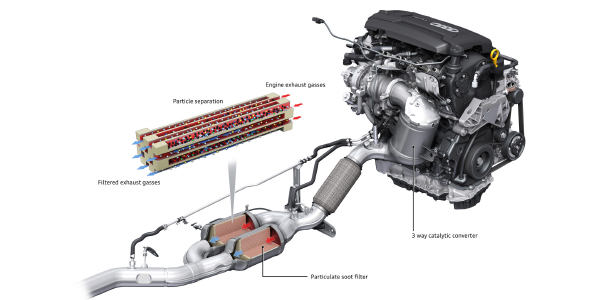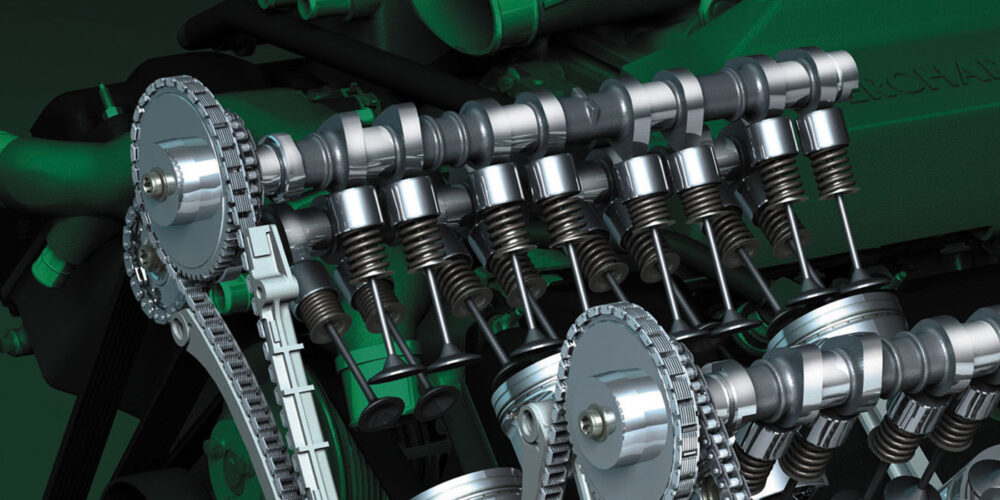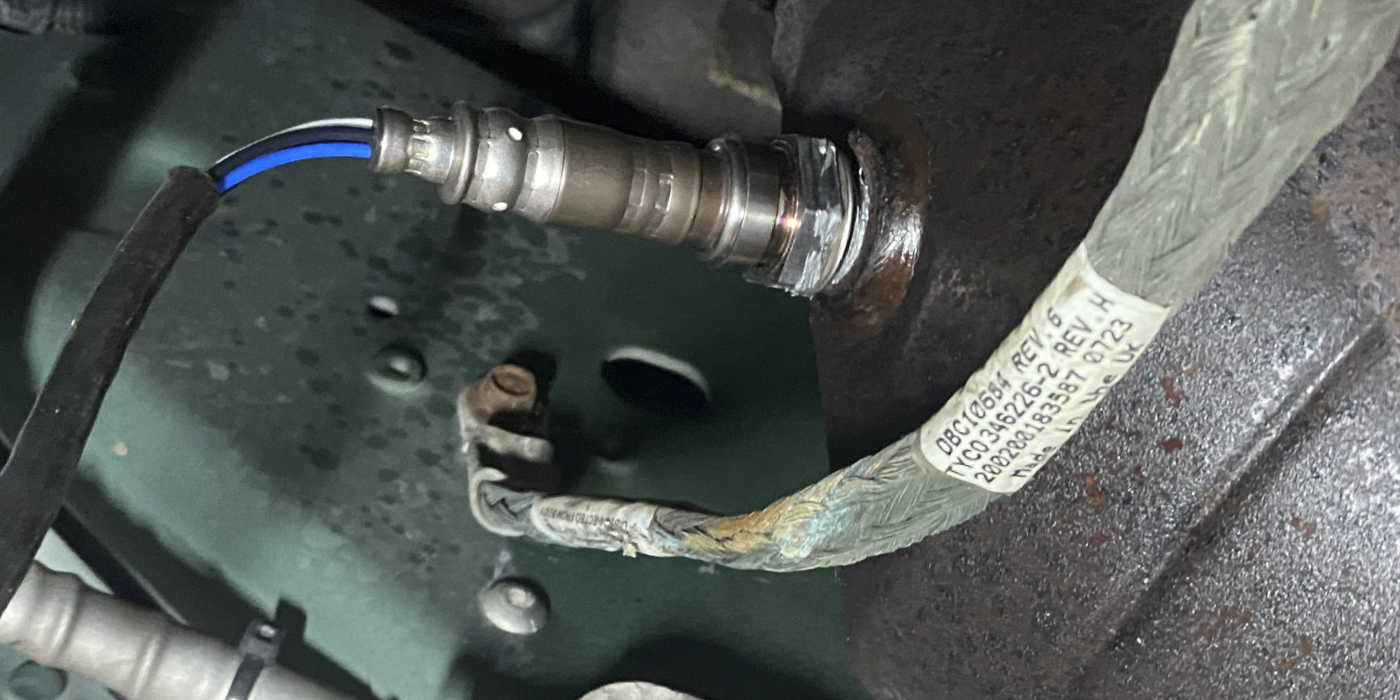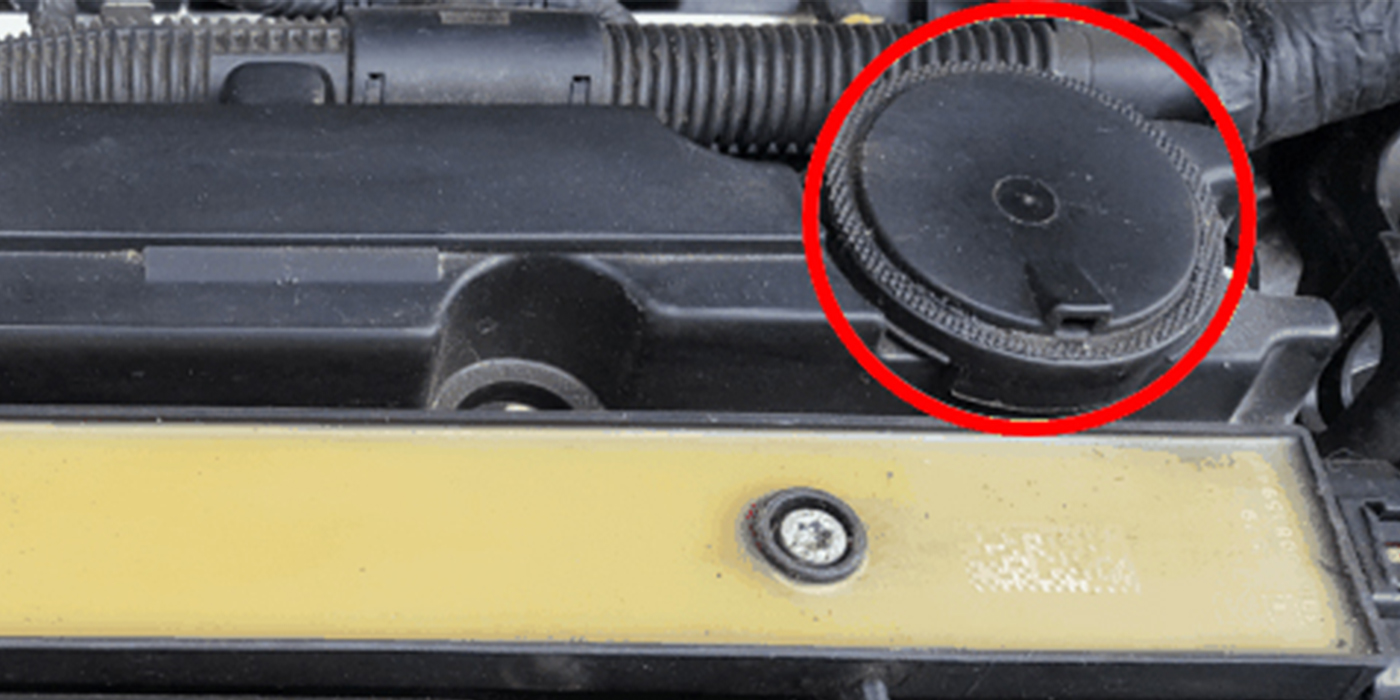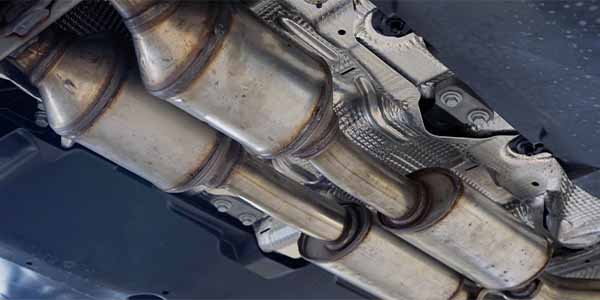Instances of repeated Mass Air Flow (MAF) sensor failure on General Motors applications utilizing the
remote-mounted Delco unit can often be traced to an engine back-fire condition.
The sudden intake pressure buildup can induce cracking of the heated element resulting in MAF sensor failure.
Several common causes include lean misfire due to low fuel pressure or restricted fuel injectors, breakdown of the secondary ignition including internal ignition coil arcing, and a dead spot in the Throttle Position Sensor (TPS).
A lean fuel condition can be verified by using a scan tool to monitor the Block Learn memory value with the engine at a steady no load cruise rpm.
A reading above the 135 to 140 range would indicate a lean fuel mixture, or an exhaust lean above the oxygen sensor. Internal ignition coil arcing between the coil primary and secondary windings can be very difficult to trace.
Checking for internal arcing requires an engine analyzer/scope.
A dead spot in the TPS can be verified by monitoring the sensor voltage as the throttle is moved from the idle position to the Wide Open Throttle position — very slowly — with an analog voltmeter or lab scope.
Courtesy of General Motors.

